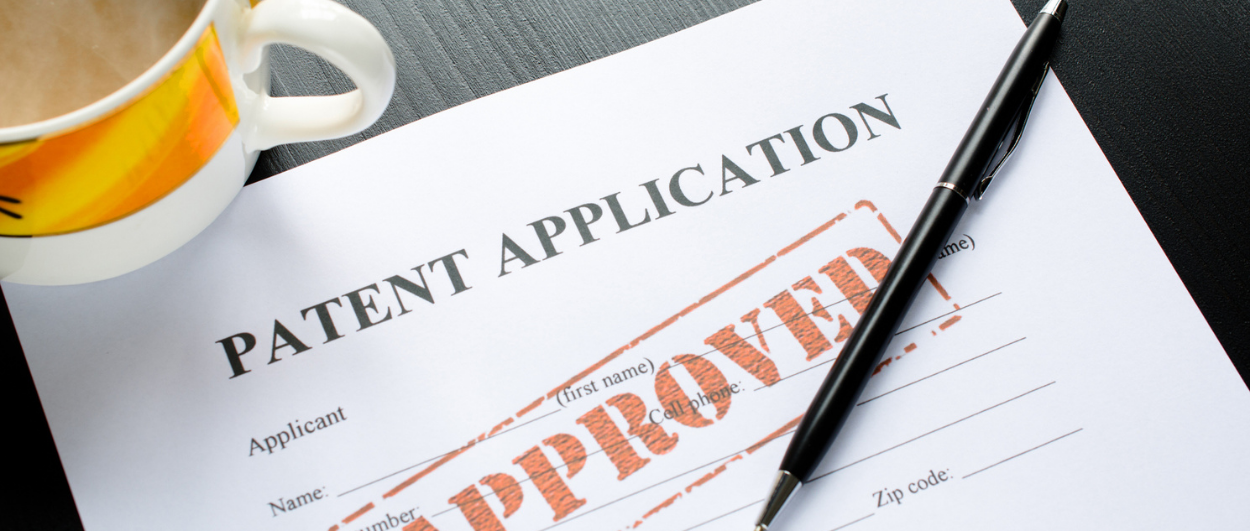The complete patent registration process requires a series of steps that are mandatory for everyone who wants to get a patent in India. In this article, we will look at how to get a patent in India.
In today’s technology-driven culture, intellectual property has always played an increasingly important role. Patents are an asset to any firm. As a result, an organization’s patenting operations become the yardstick to judge its inventive strength. The corporation is increasingly demanding in terms of the number and quality of patents.
What Is A Patent?
A patent is a legal document given by the state or national government, depending on the national standards. It grants an inventor the exclusive right to create, use, and sell their product for a set length of time. The primary concept behind this method is to encourage innovators to protect their innovations. Books, movies, and specific works of art are not patentable. However, you can protect these items under copyright law. Patent law is a subset of the broader legal area known as intellectual property, encompassing trademark and copyright law. Let’s take a look at how to get a patent in India.
What Inventions Are Patentable?
Any asset or idea must fulfil three fundamental conditions to qualify for a patent:
- The innovation must be novel and leave no traces of its predecessors.
- An individual’s advancement in current technology cannot be patented.
- It must be beneficial. It should bring value to the ordinary man’s life and must not profit or promote the usage of illicit substances or be utilized for any unethical purpose.
How To Register A Patent In India?
Let’s look at tips for applying for a patent in India:
Determine whether your innovation is patentable
Before you begin the patent registration procedure, you must first determine if your idea is patentable. It implies you should check whether anybody else has filed a patent for a similar technique to the one you’re proposing.
An in-depth patentability search will assist you in determining whether you have a probability of obtaining a patent. While this stage is optional, it can help you save time and decide whether you should register for a patent in the first place.
Draft the patent application
- You may now start working on your patent application.
- Indian applicants must complete the Indian Patent Application Form 1. You must submit a Form 2 patent specification with each patent application.
- Depending on the stage of innovation, you can file a provisional or complete patent application. You must file a provisional patent application if you are still testing your creation.
- You have 12 months to finish the innovation and submit for a full patent.
- When creating your patent application, you must pay close attention. Your patent application should include detailed language about usability and the consequence of the innovation.
- You should also add the essential provisions, such as your plan to license your idea and prohibit competitors from utilizing and benefitting from it.
- When creating your patent application, employ caution, be precise, and include provisions restricting competitors from exploiting your technology.
Filling Out The Application For Grant Of Patent In India
Multiple forms accompany any patent application. According to the patent filing method in India, you must submit all the paperwork listed below. There are links to all forms, as well as an application fee.
- Form 1: For Patent grant application
- Form 2: For patent specification. It could be provisional or complete
- Form 3: Section 8 undertaking and declaration about foreign applications. It’s mandatory only in case you file a corresponding application for a patent in a foreign country)
- Form 5: To file an invention declaration. It needs to be submitted with the whole application.
- Form 26: Form granting patent agent authority (applicable only if you opt for an agent to help file the patent)
- Form 28: Only if the applicant is claiming a small entity or start-up status is this required.
- Priority Documents: You only need to produce priority papers if you claim priority from a foreign patent claim or application.
Publishing Your Patent Application
The Indian Patent Office secures your patent application when you submit all the required paperwork. After around 18 months, they publish the patent in an official patent journal. However, inventors who want their patent application published sooner than the 18-month period might file Form 9.
The above is a routine procedure, but if an investor wants his application published sooner, he must submit Form 9 (an early publishing request). The authorities will then publish the application in the official patent journal within one month of the request.
However, there are several cases when they may not publish your patent application. Examples include:
- Incomplete applications
- Withdrawal requests filed by the individual submitting the patent
- Confidentiality orders are enforced under the Patent Act if the innovation is detrimental to the nation’s interests
Investigating The Patent Application
Before your patent issuance process gets complete, the concerned authorities will review it simultaneously. They investigate your patent extensively. It is examined on the merits of your invention which you have claimed and stated in the patent specification form. Also, they do verify it as per the norms of the patent application procedure in India.
Unlike the publishing process, this is not an automated procedure. The applicant must file Form 18 to request that their patent application is pending for examination. Once you submit a formal request for examination. The patent office place the application in the queue for inspection.
You can also speed up the process by completing and submitting Form 18(A). While reviewing your application, the patent examiner will take a few measures of their own. They are as follows:
- When an application reaches an examiner’s desk, they inspect it by the Patent Act and underlying guidelines.
- To guarantee that the invention meets patentability standards, the patent examiner searches for related technology.
- After evaluating the application, you will get a first examination report (FER). This document outlines any grounds for objections.
- The examiner goes into great depth about his complaints, adding another 6 to 9 months to the application process. Remember that the examiner’s objections are rather typical in the case of patents.
- If the inventor wants to revise their objection, they can submit Form 4 to request a time extension.
Patent Granting Decision
Once the examiner finds no objections in the patent application, the patent office will grant the patent. After that, they publish the patent in the official patent gazette.
Renewal Of The Patent
In addition, the patent holder must renew his patent by paying an annual renewal fee. In India, you can renew your patent for a maximum of 20 years from the submission date.
Although the patent application procedure is lengthy and difficult, it is critical in the long run. The entire procedure might take anything from 3 to 5 years. However, the Indian Patent Office employs more examiners and renovates its offices to process patent applications on time. The procedure is designed to ensure that the innovator receives credit for his idea. It also assures that no one else may claim ownership of the innovation. The legal rights you obtain with your patent can prohibit rivals from profiting financially from your creation. You can even sue such people and seek compensation for exploiting your idea without your permission.
Conclusion
Patents can protect innovation in India. A patent is a government-granted legal right that bans others from manufacturing, using, selling or importing a patented product or process without permission or authorization. This patent filing is a crucial step an inventor takes because he/she wants to protect their invention from exploitation. Patent application in India is lengthy, but it may finish quickly with the correct advice and assistance. Anybody who wants to get a patent should consult a professional patent attorney.
A comprehensive study is done before getting a patent registration. It is because they need to verify that the product is original or unique, as well as industrially valuable. A person can search the intellectual property authority of India’s database to check whether there is an object or invention that is the same or comparable to the applicant’s work.


